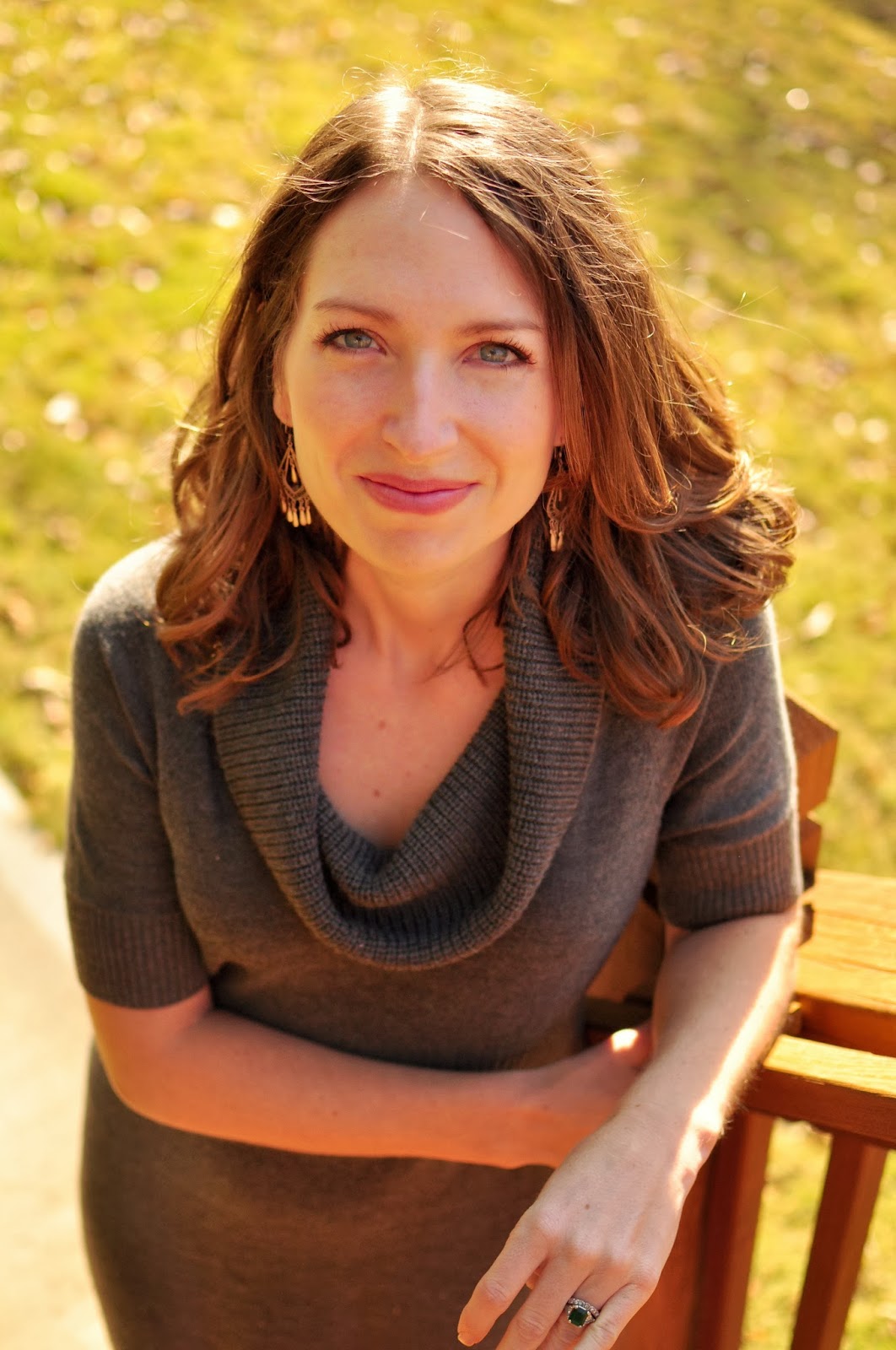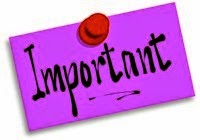easily for others. But how do we know what it is? And what do we do about it once we know?
 |
| credit to Miguel Anxo at deviantart.com |
If you happened to read my article on a similar topic on Savvy Authors (of course you did!), we discussed getting readers to 1. Know us, then 2. Like us, and 3. Love us. This is the same concept. The example Theresa gives is a reader walking into a bookstore and asking for the latest Nora Roberts book. They are not asking for the title – they are asking for the brand, Nora Roberts.
So how do we get the Nora Roberts brand?
1. Define your own brand.
Writing Exercise: (some my own, some stolen from Ali Cross’ amazing post). Answer any or all.
- Look up your favorite authors, musicians, artists and see what resonates. What emotions are they evoking, and is it something that grabs you, or turns you off?
- List out seven adjectives for your books.
- List out seven adjectives for your ideal reader.
- Determine what makes you unique – everyone can be hot, smexy, playful – let’s dig a little deeper.
- What message do you hope that your readers will walk away from their interactions with you and/or your books?
- What do you bring to the world – not just to writing, but to the world?
- Do you need one brand, or multiple? Perhaps an umbrella brand could work, keeping in mind keeping up with various brands. (Though, if you write in many different and distinct genres, trying to keep it all together may be even harder…)
a. Tagline – this should be the synthesis of everything you went through in the exercises. Short, different, and easy to remember.
b. Website/blog—blogging on your topic, at least 25% of the time, will help readers come to trust you on your expert subject.
c. Logo—what images define you/your brand? This may be something you need some help with, in which case, experiment by yourself first so that you have an idea of what you do and don’t want before paying someone else.
d. Twitter/Facebook—Again, talking about your expert knowledge at least 25% of the time will bring readers back to you. They will come to know and expect your advice/insight/humorous take on whatever subject(s) you have chosen.
This will be a continually evolving process, one that will always need refinement. But the core of your brand should not change drastically. And if you find that it needs to, then it’s possible that you will need to create a different brand entirely (with all of the same work involved) for that new brand.
In closing, I would like to say “please do as I say, not as I do” on this topic. I’m a WIP. Now, talk to me... let me know about your brand! What has worked for you?
 Erin
ErinErin writes paranormal romances as Erin Moore and has only just begun to learn all about marketing them! She contributes to the MFRW Marketing Blog with her monthly column, A Newbie's World.
She is usually found on Twitter, but may soon be on an Amazon binge, so look out! She manages two monsters and one unruly husband in Atlanta, main-lining chocolate and tea. Look her up on www.AuthorErinMoore.com or, of course, on Twitter: @AuthorErinMoore.



